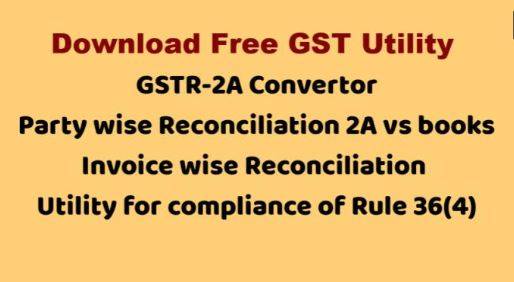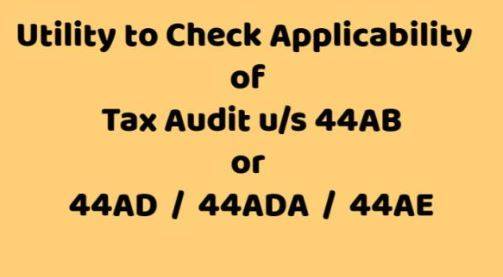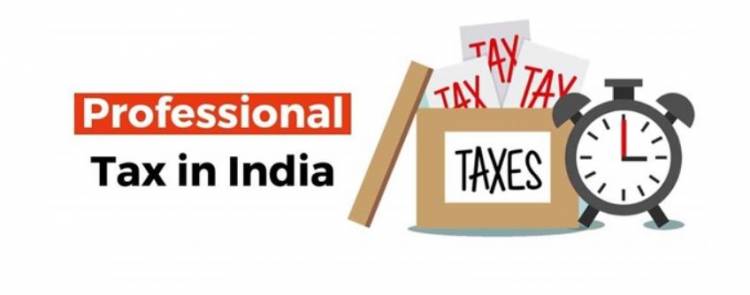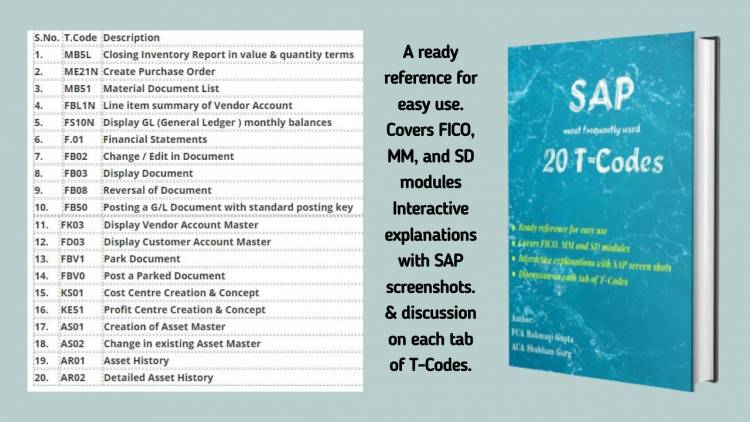NPS - Limit of deductions and withdrawal and tax impact
NPS
National Pension Scheme (NPS) is a very beautiful and widely accepted investment cum pension scheme sponsored by government. In this scheme a subscriber can contribute regularly in a pension account (as an employee or as in his own capacity) and also employer can contribute in it, can withdraw partial amount of the corpus in a lumpsum and use the remaining corpus to buy an annuity to secure a regular income after retirement.
Investment in NPS (National Pension Scheme) is a good option to save tax along with earning, and pension after retirement. Most of the peoples get confused about limit for claiming the deduction in Income Tax by making investment in NPS as the deduction of NPS is covered under three sections of Income tax Act, 1961, as explained in below table:
Limit of Deduction:
|
Contribution By / Section |
Maximum Deduction Allowed |
Remark |
|
Employee 80CCD(1) |
10% of Salary(Basic) + DA, with a cap of Rs. 1.50 lakh
|
This deduction is included in overall limit of Rs. 1.50 lakh u/s 80C |
|
Employer 80CCD(2) |
10% of Salary(Basic) + DA, with a cap of Rs. 7.50 lakh |
This deduction is in addition to other deductions u/s 80C and 80CCD(1B)
|
|
In Own Capacity 80CCD(1B) |
Rs. 50,000 |
This deduction is in addition to other deductions u/s 80C and 80CCD(2)
|
Withdrawal: limit and Tax Impact
- Partial withdrawal – Partial withdrawal from NPS is allowed up to 25% of contribution made by subscriber.
However partial withdrawal is allowed subject to fulfilment of certain conditions as mentioned below:
- The Partial withdrawal from NPS shall be allowed for some specific purposes such as
- higher education of children
- marriage of children
- purchase or construction of residential house or
- for treatment of specified diseases.
- Individual should have subscribed to NPS for at least 10 years.
- Maximum of 3 such withdrawals during the entire tenure are allowed, but the overall amount withdrawn shall not be more than 25%.
- Minimum gap of 5 years is required between the two withdrawals. However, this condition shall not apply in case of withdrawal for treatment of specified illness.
Important point to note here that the maximum amount which is allowed to be withdrawn is 25 % of the contribution made by the subscriber and not the total amount accumulated in the fund.
For instance, if you have invested Rs 6 lakhs in the NPS so far. This is your contribution towards the scheme. Let’s assume if after 11 years the Rs 6 lakhs grows into Rs 14 lakhs. And if you want to withdraw some amount, you will be allowed to withdraw up to 25% of the contribution which is Rs 6 lakhs and not Rs14 lakhs i.e. 25 % of 6 lakhs is Rs 1.5 lakhs.
- Withdrawal on retirement/at the age of 60
Maximum amount that you can withdraw at the retirement is 60% of the accumulated wealth and balance 40% needs to be utilized for the purchase of annuity providing monthly pension to the subscriber.
So it is crystal clear from above that at the time of retirement you will get only 60% of accumulated wealth and remaining 40% shall be converted in to monthly pension.
- Withdrawal from NPS before retirement (irrespective of the cause)
If you want to withdraw from NPS before the age of 60 or before retirement (other than the purpose specified for partial withdrawal), the amount withdrawn will not be taxable but the amount that can be withdrawn is limited to only 20% of the accumulated wealth in NPS and balance 80% of the accumulated pension wealth has to be utilized for purchase of annuity providing for monthly pension of the subscriber.
Important point to note here that the annuity income shall be taxable in the year of receipt as per the income tax slab rate applicable to the subscriber.
- Withdrawal upon death of Subscriber
The amount withdrawn in the event of death of subscriber shall be exempt from tax. The entire accumulated fund /pension would be paid to the legal heir/nominee of the subscriber.
- 100% withdrawal at the time of retirement/attaining the age of 60:
In case the total corpus in the account is less than Rs. 2 Lakhs as on the Date of Retirement (Government sector)/attaining the age of 60 (Non-Government sector), the subscriber (other than Swavalamban subscribers) can avail the option of complete Withdrawal.
Please Note that employer contribution in NPS is allowed as business expenditure to employer.
Types of NPS Account
The two types of NPS account are tier I and tier II. The former is the default account while the latter is a voluntary addition. Below given below explains the two account types in detail.
|
Particulars |
Tier-I Account |
Tier-II Account |
|
Status |
Default |
Voluntary |
|
Withdrawals |
Not permitted |
Permitted |
|
Tax exemption |
Up to Rs 2 lakh p.a.(Under 80C (Rs. 1.50 Lakh) and 80CCD (1B) (Rs. 50000)) |
1.5 lakh for government employees Other employees-None |
|
Maximum NPS contribution |
No limit |
No limit |
The Tier-I account is mandatory for everyone who opts for NPS scheme. Central Government employees have to contribute 10% of their basic salary. For everyone else, the NPS is a voluntary investment option.
5 reasons why investors should stay away from NPS
1. 100% NPS corpus is not tax free on maturity – 20% / 25% / 60% as explained above is tax exempt. Balance amount is taxable at the time of withdraw.
2. Compulsory annuity takes away flexibility – 40% of corpus fund is to be annualised which takes away flexibility.
3. No withdrawals till retirement at the age of 60 (except 20% and 25% explained above)
4. Cap on investment in equity restricts potential – Good for conservative peoples but aggressive peoples who may like to invest more in equity don’t like this
5. No assurance on returns - Return on NPS is not assured it may be 0% also and being linked to market there are chances that it may get reduced form your original investment.
 Download APP
Download APP
 P K Gupta
P K Gupta 










































